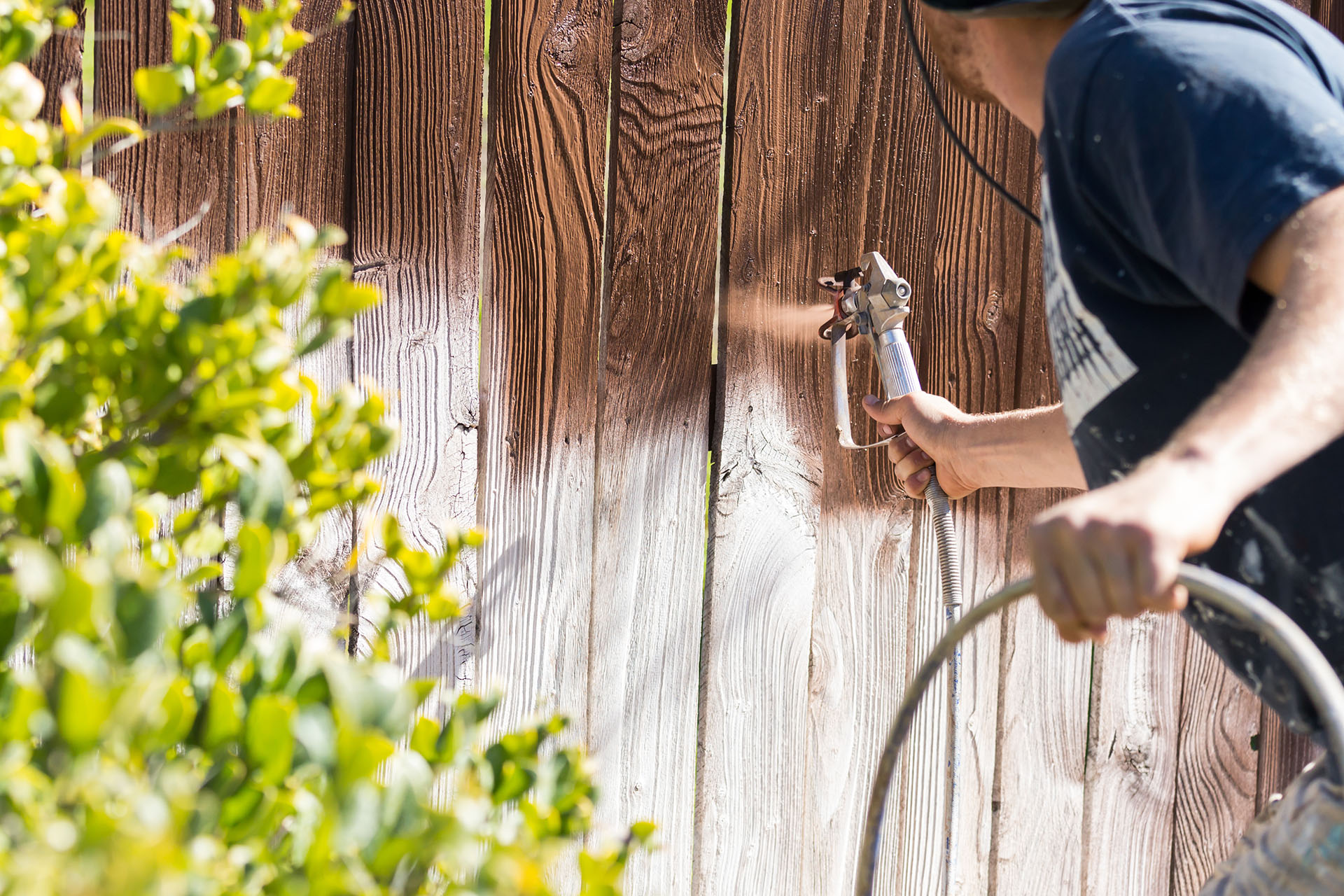Exactly How to Select the Right Fencing Discoloration for Your Residential Property
When it comes to enhancing the look and durability of your residential property's fencing, selecting the right stain is a crucial choice that requires mindful factor to consider. Just how can you guarantee that you pick the best fencing discolor that aligns with your home's design and upkeep requirements?
Recognizing Wood Types
To choose the proper fence tarnish, it is important to have a detailed understanding of the different types of wood generally made use of for fence. When picking a fence stain, it is important to consider the type of timber being made use of to guarantee compatibility and ideal defense. Understanding the features of various timber types will help you make a notified decision when it comes to selecting the ideal fencing discolor for your residential or commercial property.
Picking the Right Shade
Picking an ideal shade for your fence stain is a crucial decision that dramatically impacts the overall visual allure of your residential property. The shade you choose must enhance the design of your home, blend sympathetically with the environments, and show your personal preference. When picking a shade, take into consideration the existing color combination of your residential property. For a natural appearance, natural tones like browns, eco-friendlies, or grays function well. These colors can aid the fence mix into the landscape and produce a cohesive appearance. If you like an even more contemporary or strong appearance, consider choosing darker shades like black or deep charcoal for a striking contrast. Lighter colors such as whites or light grays can make a fence appear bigger and include a touch of sophistication to your building. Ultimately, the best shade option will certainly enhance the appeal of your fencing and boost the total visual charm of your home.

Thinking About Openness Levels
When picking the right color for your fencing discolor, an additional essential element to think about is the level of transparency that will ideal fit your home's visual and maintenance needs. Openness degrees in fencing spots generally fall into three classifications: transparent, semi-transparent, and solid. Take into consideration the level of direct exposure your fence faces, the wanted maintenance frequency, and the visual you desire to accomplish when picking the ideal transparency degree for your fence tarnish.
Reviewing Upkeep Demands
Considering the long life and maintenance of your fence, reviewing the upkeep needs is crucial in determining the most appropriate fencing stain for your residential property. The degree of upkeep needed for your fencing can vary depending upon factors such as the kind of wood, climate condition in your area, and your individual choices.
When reviewing maintenance requirements, it is vital to consider the durability of the fencing stain. Some spots require more regular reapplication than others, so selecting a stain with a longer life-span can aid decrease the general maintenance requirements of your fencing (Fence Staining). Furthermore, aspects such as resistance to UV rays, water, and mildew can impact just how commonly you need to re-stain your fence

Checking Examples Before Application
Prior to applying any type of fence tarnish, it is recommended to carry out example examinations to ensure compatibility with the wood and preferred aesthetic result. Testing examples permits you to evaluate exactly how the discolor visit their website will communicate with the specific kind of wood used in your fencing, as various woods can take in stains in different ways. To start, choose a small inconspicuous area of the fencing to apply the stain examples.
Conclusion
In final thought, picking the proper fence discolor for your residential property involves comprehending the timber type, selecting the appropriate color, thinking about openness levels, examining upkeep requirements, and screening examples before application (Fence Staining Service). By taking these elements right into factor to consider, you can guarantee that your fence tarnish complements your residential property while providing the required security and longevity. Make an informed decision to boost the look and longevity of your fence